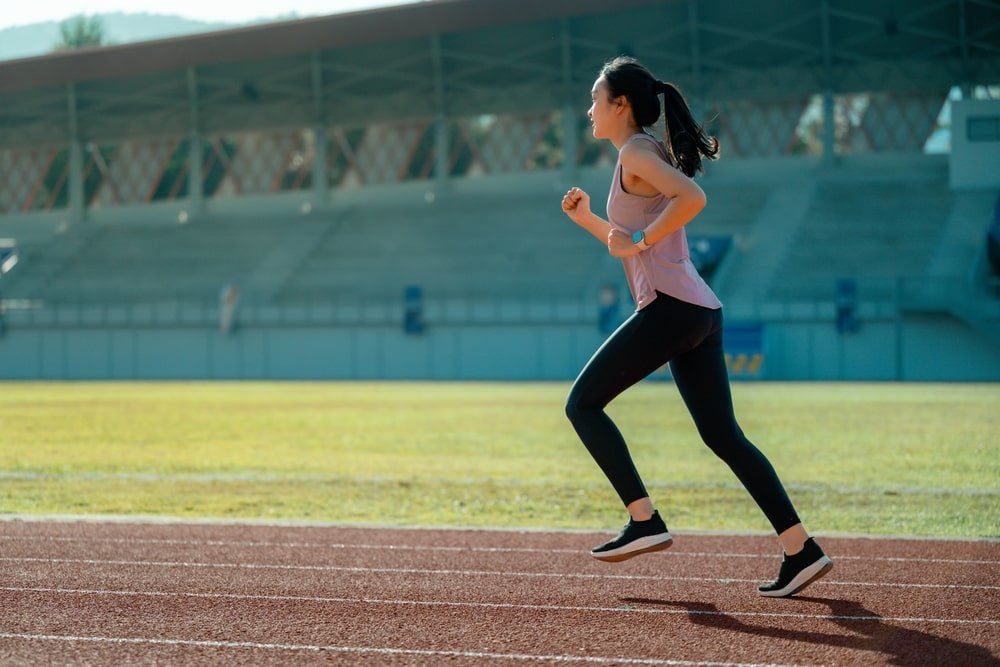5 Ways TCM Can Enhance Athletic Performance
Athletic performance is the result of a finely-tuned balance of strength, endurance, recovery, and mental focus. While modern sports science provides powerful tools for athletes, Traditional Chinese Medicine (TCM) has been offering holistic, time-tested approaches for optimising physical performance and recovery for centuries. Techniques like acupuncture, cupping therapy, moxibustion, tuina massage, and herbal medicine are not only deeply rooted in tradition but are increasingly backed by scientific research. Here's how these TCM practices can enhance athletic performance and support athletes in achieving their goals.
Acupuncture: Improved Performance and Pain Reduction
Acupuncture, the practice of inserting thin filiform needles into specific points on the body, is a cornerstone of TCM. According to TCM principles, acupuncture helps balance the flow of Qi (energy) throughout the body, ensuring proper function of muscles, tendons, and organs. For athletes, this can translate into pain reduction and improved physical performance. Research performed on athletes showed that acupuncture paired with conventional treatment could provide superior pain relief compared to a control[1]. Another study found that athletes could produce more power from their knees in those treated with acupuncture than those receiving sham treatment[2]. Acupuncture has also been widely applied in treating injuries, including a sprained ankle and other musculoskeletal conditions.
Cupping Treatment: Reducing Muscle Tension and Promoting Recovery
Cupping treatment, popularised by athletes like Michael Phelps, involves placing cups on the skin to create suction. This practice is believed to draw stagnant blood to the surface and encourage fresh blood flow to the muscles. The result is reduced muscle tension, improved flexibility, and quicker recovery after workouts. Research done on elite baseball players found that TCM cupping treatment could improve functional recovery and soft tissue health[3]. Creatine kinase, an enzyme that is found in elevated levels in the bloodstream during exercise, was lowered following cupping therapy[4].
Moxibustion: Alleviating Fatigue and Improving Stiffness
Moxibustion involves burning dried mugwort (Artemisia vulgaris) near acupuncture points to warm the area and stimulate energy flow. For athletes, this therapy can alleviate fatigue and reduce the risk of injuries caused by improving joint stiffness. A study done on athletes found that moxibustion was able to improve knee extensor musculoarticular stiffness as well as peak torque, thus improving the ability to combat fatigue[5].
Tuina: Preventing Injuries and Improving Flexibility
Tuina massage is a hands-on TCM technique that uses kneading, rolling, pressing, and stretching to relax muscles, realign joints, and release blocked energy pathways. For athletes, it serves as both a preventive and therapeutic tool to address muscle tightness, joint stiffness, and imbalances. A study found that tuina plus physical agents could improve the symptoms of lateral collateral ligament injury of the ankle in gymnasts, being superior to conventional treatment in relieving pain and improving joint function[6].
Chinese Medicine: Enhancing Stamina and Supporting Recovery
Herbal medicine is a cornerstone of TCM, with carefully selected formulae tailored to an athlete’s specific needs. Whether it’s boosting endurance, calming the mind, or speeding up post-exercise recovery, herbal remedies can provide a natural alternative to synthetic supplements. A study done on male sportsmen found that TCM Chinese Medicine in the form of deer tendon liquid was able to increase serum protein and VO2 max in the observation group[7]. It’s also possible to take Chinese medicine for a sprained ankle as another form of treatment.
How TCM Aligns with Modern Athletic Goals
The beauty of TCM lies in its holistic approach. While conventional sports medicine often targets specific symptoms or injuries, TCM aims to treat the body as an interconnected whole, addressing not just the physical, but also the mental and emotional aspects of performance. By balancing Yin and Yang, improving energy flow, and addressing underlying imbalances, TCM techniques offer athletes a natural, well-rounded way to optimise their performance and longevity in their sport.
Who is this treatment suitable for?
Whether you’re an elite athlete or a weekend warrior, incorporating a few TCM treatments like acupuncture, cupping, moxibustion, tuina massage, or herbal medicine into your training routine can provide additional benefits. Backed by both tradition and modern research, these therapies enhance energy flow, speed up recovery, and boost endurance, helping you perform at your peak while maintaining long-term health. With the growing recognition of these ancient practices in the sports world, now is the perfect time to tap into the benefits of TCM to elevate your athletic journey.

